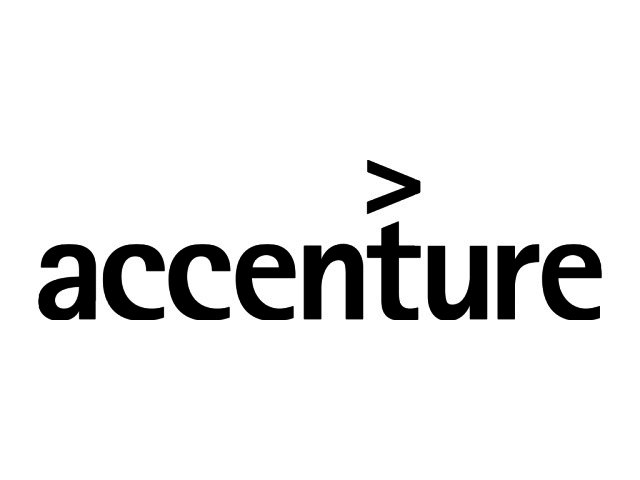Many cities – an increasing number of major African metros among them – are beginning to outgrow themselves. Ageing populations, increasing urban density, resource issues and mobility constraints – these are among the primary issues faced by urban areas. Upgrading or adding to physical infrastructure is possible, but urban adjustment is notoriously slow, and cities’ budgets are increasingly tight. To cope with the demands they’ll face tomorrow, cities need to find ways of making the most of what they’ve got today.
By optimising the flow of everything from traffic to electricity and information around a city, urban life can become far easier, with the potential for cost savings through reduced waste.
The rise of the smart city
Wayne Hull, managing director for Accenture Digital South Africa, underscores the ways in which intelligent digital-physical interfaces have the potential to enable new opportunities for resource maximisation, efficiency gains and an enhanced quality of life for end users – in this case, the citizens of major metro areas.
The challenges faced by today’s metros are multifaceted. On one hand, metros are faced with increasing demands for accountability and transparency by citizens and activist groups. On the other, cities face the task of better serving citizens against a backdrop of sub-optimal and fragmented legacy systems, siloed datastores and budgetary, resource and skills constraints.
It’s a confluence that has given rise to the ‘smart city’ concept. In a smart city, digital-physical interfaces, sensors, smart software and Internet of Things-centred technologies work together to enhance and streamline how the city runs. By tapping into and analysing multiple networks of real-time information – covering everything from traffic flow to parking and electricity usage – smart city technologies are focused on one thing: optimising available resources.
IoT, 5G and a new network paradigm
Unlike current mobile networks which employ ‘large-cell’ technology – with macro cell towers, each of which services a large area – smart city networks require an inverse type of architecture: a dense lattice of small cells (data processing devices and sensors) spread throughout the city, fitted anywhere from utility poles to buildings’ basements, and which run 5G technology.
Within 5G networks, the emphasis shifts from media consumption to mobility, and from increased bandwidth to reduced latency. Further changes come in the form of the integration of network function virtualisation (NFV) and software defined network (SDN) capabilities within the network itself, allowing for the move from always-on coverage to instant service instantiation as and when needed.
Smart services and applications
Future 5G networks will host a variety of service types. Those falling under massive machine-type communication (mMTC), for example, include applications such as telemetry, meters, public lighting systems and security devices.
Further examples of mMTC solutions include the management of vehicle traffic and electrical grids, with the possibility for substantial savings through reductions in energy use, traffic congestion and fuel. Smart public lighting concepts, for example, automatically dim public lighting when no pedestrians or vehicles are near, conserving power, while still keeping a neighbourhood safe.
Still further mMTC applications include sensors designed to detect leaks in water mains, with such ultra-low power devices allowing sensors to run for many years without needing battery replacement.
A second service type, critical machine type communication, includes applications such as vehicle-to-vehicle communication, autonomous vehicles and public transport. Smart city technologies have the ability to improve public transport systems, for example, by reducing wait times, optimising utilisation and – with information from traffic flow sensors – allowing for dynamic routing. More broadly, smart cities have the potential to reduce traffic congestion overall, through smart traffic management systems.
Smart cities and the city ‘OS’
Co-innovation and co-creation are likely to play key roles in the development of smart city technologies, the combination of which can be thought of as a city operating system, or city OS. To enable the necessary changes, however, thinking must move from evolutionary – improving on services and applications enabled by current mobile networks – to revolutionary, employing new approaches directed toward new entirely new use cases.
From citizens’ perspectives, living in a smart city means the potential for anything from access to a more efficient public transport system to enhanced safety and security. For municipalities, benefits centre around improved citizen outcomes, the ability to engage in predictive maintenance, better use of data and more efficient resource use, meaning cost savings for many cash-strapped metros.





